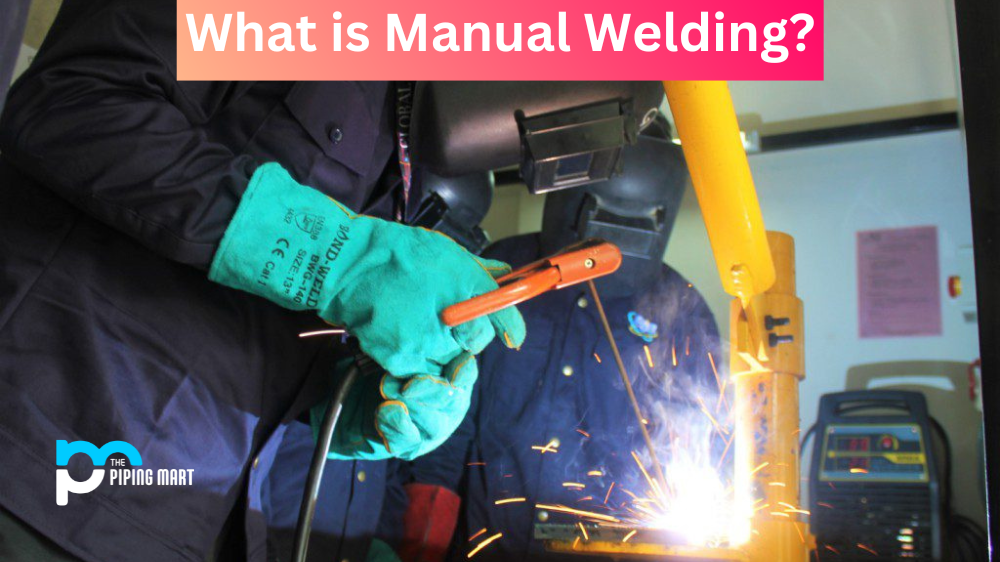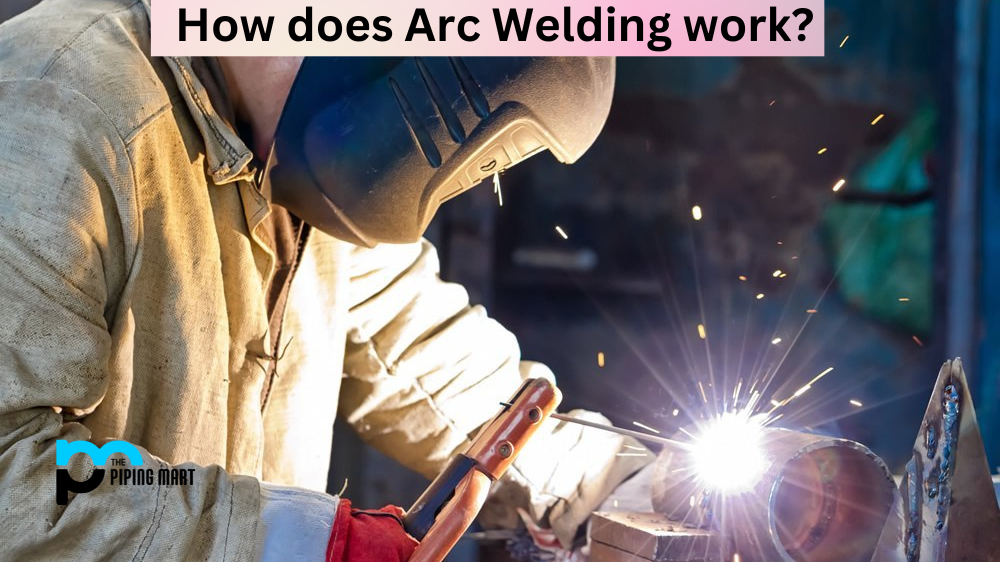Stitch welding is a specialized form of welding that uses multiple welds to create a strong, sealed joint. It’s often used in the automotive industry, as it can provide greater strength than other forms of welding while still being relatively quick and easy to do. However, as with any type of welding, there are advantages and disadvantages associated with stitch welding. Let’s take a closer look at both sides.
Advantages of Stitch Welding
The main advantage of using stitch welding is its strength. By using multiple welds throughout the joint, each weld reinforces the others to create a stronger bond than could be achieved with just one or two welds. This means that stitch welding can be used for creating joints that need to withstand high levels of stress or vibration. Additionally, because multiple passes are used for each weld, any flaws in the original weld can be corrected when creating the second pass.
Another advantage of stitch welding is its speed. Because several passes are used for each individual weld, less time is required compared to other types of welding. This makes it ideal for production lines where speed and efficiency are key factors in success. Finally, due to its low heat input and short arc length, stitch welding helps reduce distortion in materials such as sheet metal that may be prone to warping under excessive heat.
Increased Strength
One of the primary advantages of stitch welding is that it can create a much stronger joint than other welding methods. This is because stitch welding creates multiple welds along the length of the joint, which increases its overall strength. Additionally, the fact that each individual weld is relatively small means that there is less chance of the joint failing at any one point.
Greater Accuracy
Another advantage of stitch welding is that it is much more accurate than other welding methods. This is because the welder can control the amount of heat and pressure that is applied to the joint, which allows for greater precision. Additionally, stitch welding creates a smaller heat-affected zone than other methods, which means that there is less chance of warping or distortion.
Faster Welding Speed
Another advantage of stitch welding is that it is much faster than other methods. This is because the welder does not need to stop and start as often, which saves time. Additionally, the fact that multiple welds are being created at once means that the overall welding time is reduced.
Reduced Costs
Another advantage of stitch welding is that it can be less expensive than other methods. This is because it requires less equipment and fewer materials and can be completed in a shorter amount of time. Additionally, there is less waste created when using this method, as any excess material can be easily removed.
Greater Versatility
Another advantage of stitch welding is that it can be used on a variety of different materials. This includes both metals and plastics, which makes it a versatile option for many different applications. Additionally, this method can be used on both thin and thick materials, making it suitable for a wide range of projects.
Disadvantages of Stitch Welding
Despite its many benefits, there are also some potential drawbacks associated with stitch welding that must be considered before deciding whether or not it’s the right choice for any given project. One major disadvantage is that it requires more skill from the welder than other forms of welding due to its multiple passes and increased complexity. This means that an experienced welder will typically have an easier time producing better results with stitch welding than a novice welder would have to achieve similar results with another method, such as MIG or TIG welding.
In addition, if done incorrectly or carelessly, stitch welding can actually lead to weaker joints by creating excess gaps between each pass, which can compromise the overall integrity of the joint if not addressed properly during the cleanup and finishing stages. Finally, because so much material has been removed during the process itself (due to all those extra passes), post-weld cleaning may become more difficult in some cases due to all the extra debris created by these additional welds, which may require more time or effort for complete removal prior to surface finishing operations such as painting or polishing steps later on down the line.
Limited Applications
One of the primary disadvantages of stitch welding is that it has limited applications. Stitch welding is only suitable for certain materials and thicknesses, and it cannot be used to weld all types of metals. Additionally, stitch welding is not suitable for welding large pieces of metal together.
Time-Consuming
Another disadvantage of stitch welding is that it is a time-consuming process. Stitch welding requires the welder to make numerous passes over the same area in order to create a strong weld, which can take a significant amount of time.
Requires Specialized Equipment
Another disadvantage of stitch welding is that it requires specialized equipment. In order to perform stitch welding, a welder must have access to a special machine that can create the necessary stitches. This type of equipment is not always readily available, which can make stitch welding difficult to do.
It can Be Difficult to Learn.
Another disadvantage of stitch welding is that it can be difficult to learn. Stitch welding requires a great deal of practice and skill in order to be performed correctly. Additionally, those who are new to stitch welding may find it difficult to produce high-quality welds.
Can Be Dangerous
Another disadvantage of stitch welding is that it can be dangerous. Because stitch welding involves making numerous passes over the same area, there is a risk of the welder burning through the metal or causing other injuries.
Conclusion:
Stitch welding is a fast, versatile and affordable way to join metals. It is commonly used in the automotive industry and for projects that require strong, durable welds. However, stitch welding has its drawbacks – it can be difficult to achieve consistent results, and the sparks produced during the welding process can be a safety hazard. If you’re considering using stitch welding on your next project, weigh the pros and cons carefully to decide if it’s the right method for you.

Abhishek is a seasoned blogger and industry expert, sharing his insights and knowledge on various topics. With his research, Abhishek offers valuable insights and tips for professionals and enthusiasts. Follow him for expert advice on the latest trends and developments in the metal industry.




